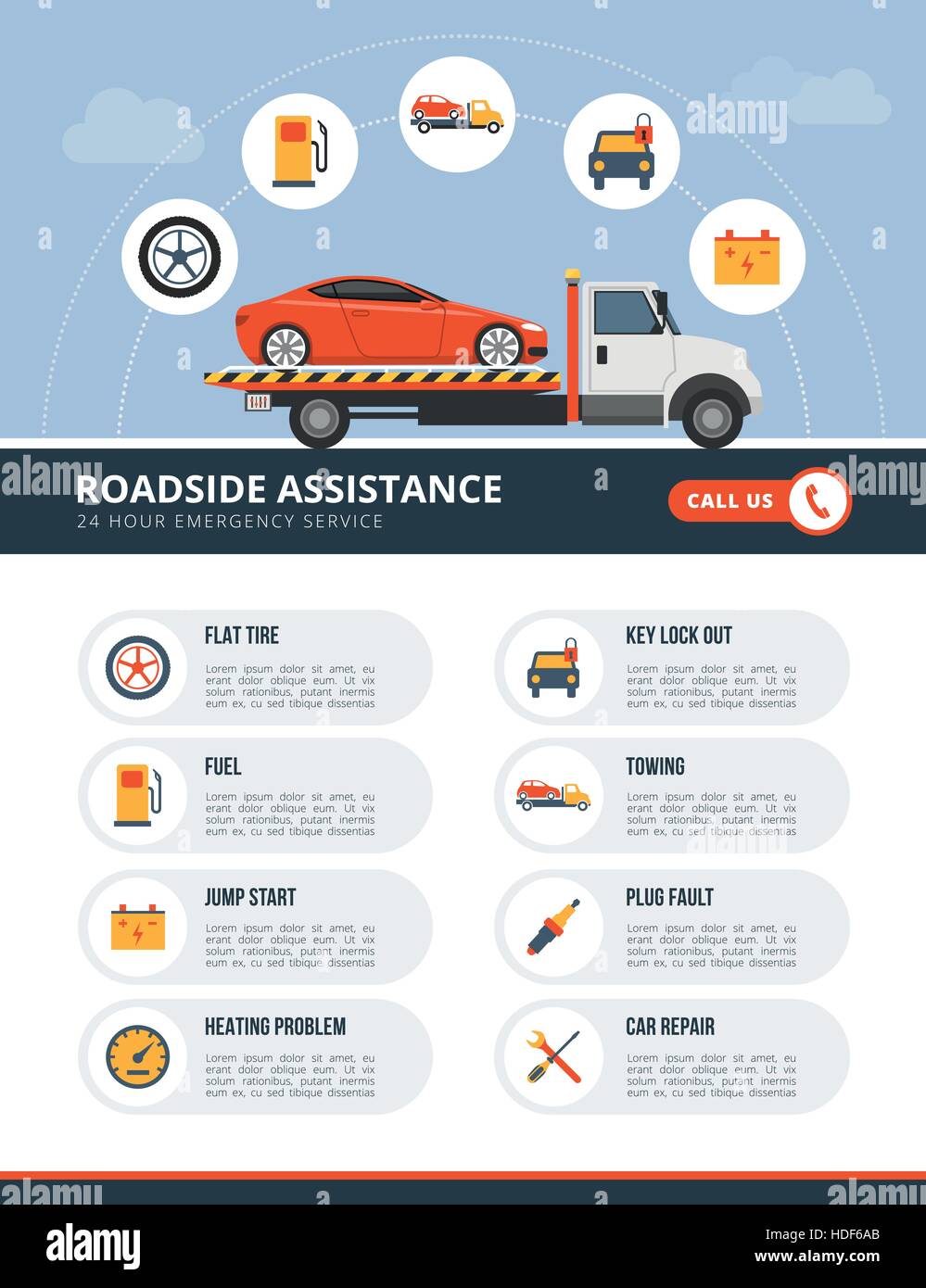Translating Your Vehicle'S Caution Indicators: What They Genuinely Symbolize
Translating Your Vehicle'S Caution Indicators: What They Genuinely Symbolize
Blog Article
Write-Up Written By-Lim Winters
When you're behind the wheel, those beautiful caution lights on your control panel can be a little bit bewildering. Do please click the next website page understand what they're trying to tell you about your automobile's health? Recognizing the relevance of these lights is important for your safety and the longevity of your car. So, the following time one of those lights appears, would not you intend to understand its message accurately and take the essential steps to address it?
Common Warning Lights and Interpretations
Determine usual caution lights in your cars and truck and comprehend their significances to make sure risk-free driving.
One of the most typical caution lights include the check engine light, which signals concerns with the engine or discharges system. If go right here comes on, it's critical to have your vehicle checked promptly.
The oil pressure warning light suggests low oil stress, needing instant focus to avoid engine damages.
A blinking battery light may recommend a faulty charging system, possibly leaving you stranded otherwise attended to.
The tire stress monitoring system (TPMS) light informs you to low tire stress, impacting car stability and gas performance. Overlooking this could bring about risky driving conditions.
The ABS light suggests an issue with the anti-lock stopping system, jeopardizing your capacity to quit swiftly in emergency situations.
Last but not least, the coolant temperature level advising light warns of engine overheating, which can lead to extreme damages if not settled promptly.
Understanding these common caution lights will assist you resolve problems without delay and maintain risk-free driving conditions.
Importance of Prompt Interest
Recognizing the typical caution lights in your auto is just the first step; the significance of immediately resolving these warnings can't be stressed enough to ensure your safety on the road.
When a caution light brightens on your dashboard, it's your car's method of connecting a potential problem that needs interest. Overlooking these cautions can bring about more extreme troubles down the road, compromising your safety and security and possibly costing you more out of commission.
Trigger attention to advising lights can avoid failures and accidents. As an example, a flashing check engine light might indicate a misfire that, if left ignored, can trigger damages to the catalytic converter. Resolving https://servicetiretruckcenter73940.is-blog.com/38528652/just-how-can-mobile-auto-outlining-transform-your-vehicle-care-experience-while-making-certain-high-quality-discover-the-crucial-variables-to-consider-prior-to-picking-a-detailer can save you from an expensive fixing.
Likewise, a brake system advising light may signal low brake liquid or worn brake pads, vital elements for your security when driving.
DIY Troubleshooting Tips
If you notice a caution light on your control panel, there are a couple of do it yourself fixing ideas you can attempt prior to looking for professional aid.
The initial step is to consult your auto's guidebook to recognize what the details caution light indicates. Sometimes the problem can be as easy as a loose gas cap setting off the check engine light. Tightening the gas cap may settle the problem.
https://www.popularmechanics.com/cars/a39504408/how-to-improve-your-vehicles-gas-mileage/ is a low battery, which can cause different cautioning lights. Inspecting the battery connections for rust and guaranteeing they're safe and secure could take care of the trouble.
If a caution light continues, you can try resetting it by separating the car's battery for a couple of minutes and after that reconnecting it. Additionally, inspecting your automobile's liquid degrees, such as oil, coolant, and brake liquid, can aid repair advising lights related to these systems.
Conclusion
To conclude, comprehending your vehicle's caution lights is necessary for maintaining your vehicle running efficiently and securely. By promptly dealing with these alerts and understanding what they mean, you can prevent pricey repair work and potential breakdowns.
Keep in mind to consult your vehicle's guidebook for particular details on each advising light and do something about it accordingly to make certain a hassle-free driving experience.
Stay educated, stay safe when driving!
